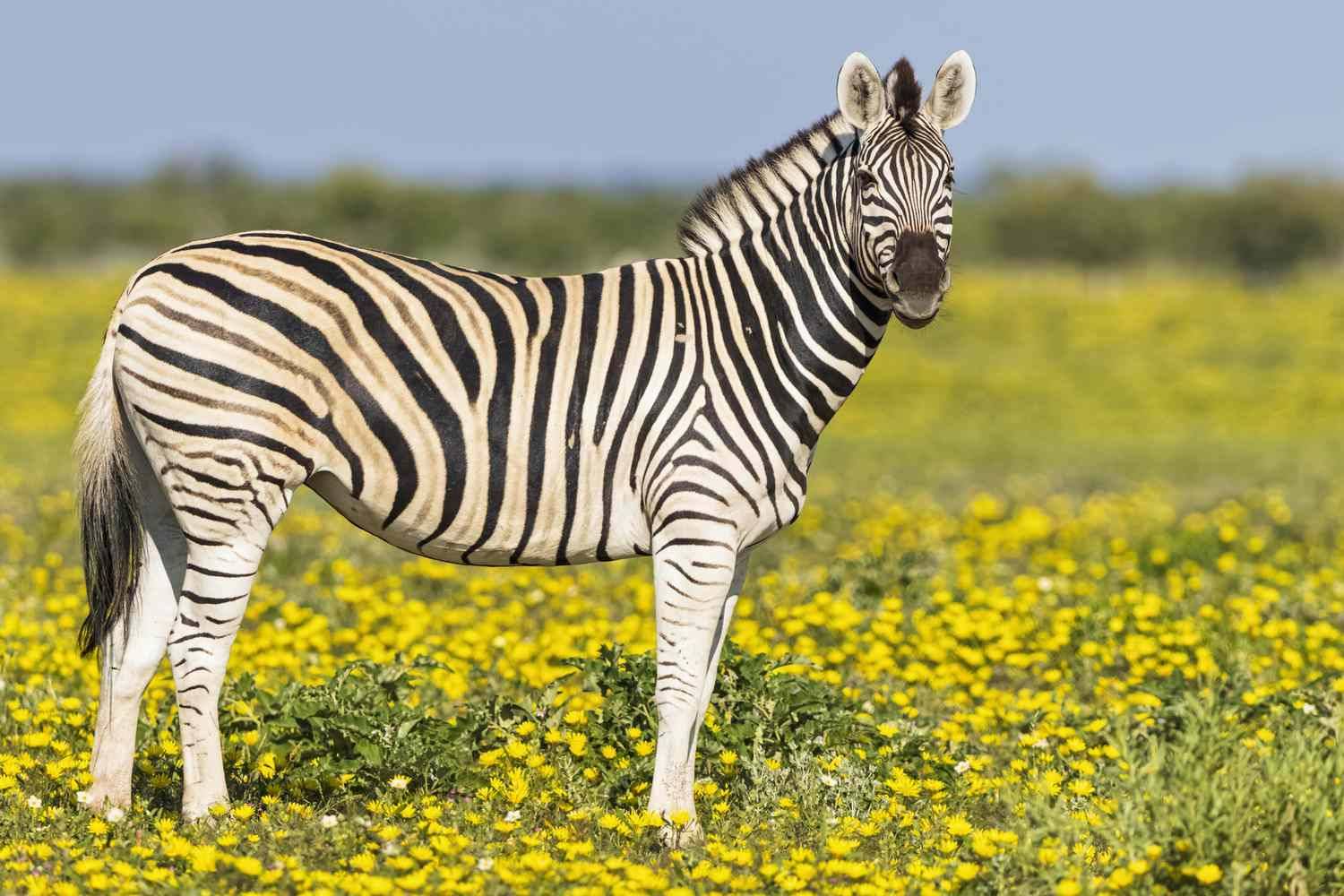Zebras, with their distinctive black and white stripes, are some of the most iconic animals found in the African savannah. Beyond their eye-catching appearance, these creatures hold a wealth of intriguing facts that contribute to their unique charm.
1. Stripes and Camouflage:
The most recognizable feature of zebras is undoubtedly their striking black and white stripes. While these patterns are visually captivating, their primary function is believed to be camouflage. In the wild, zebras gather in groups, making it challenging for predators like lions and hyenas to single out an individual zebra amidst the herd. The shifting stripes create an optical illusion that confuses predators and disrupts their ability to target a specific zebra.
2. Individual Identification:
While it might be difficult for us to distinguish between individual zebras, these animals have subtle differences in their stripe patterns that can be recognized by other zebras. Just like human fingerprints, no two zebras share the exact same stripe pattern. This distinctiveness helps zebras recognize each other within their groups, promoting social bonding and cooperation.
3. Social Structure: Zebras exhibit intricate social behaviors, often forming small family units within larger herds. These family units usually consist of a single male (stallion), several females, and their offspring. The stallion plays a crucial role in protecting the group from predators and rival males. Despite their aggressive nature towards each other, zebras also engage in mutual grooming, which not only strengthens social bonds but also helps keep their coats clean.
4. Adaptive Grazing: Zebras have evolved to be specialized grazers, primarily feeding on grasses. Their unique dentition, with sharp incisors and large grinding teeth, enables them to efficiently break down tough grasses for consumption. Unlike other herbivores in their habitat, zebras can subsist on lower-quality forage, allowing them to occupy niches where food may be scarcer.
5. Migratory Behavior:
In search of fresh grazing grounds and water sources, zebras often partake in one of the longest terrestrial animal migrations. They travel great distances in a constant quest for sustenance, sometimes crossing national borders to find suitable habitats. These migrations also serve as a means of avoiding overgrazing in a particular area, allowing the land to recover and regenerate.
In conclusion, zebras are more than just visually captivating creatures – they possess a range of adaptations and behaviors that enable them to thrive in the dynamic African savannah ecosystem. From their deceptive stripes to their intricate social structures and remarkable migrations, zebras continue to capture the curiosity and admiration of both scientists and nature enthusiasts around the world.


